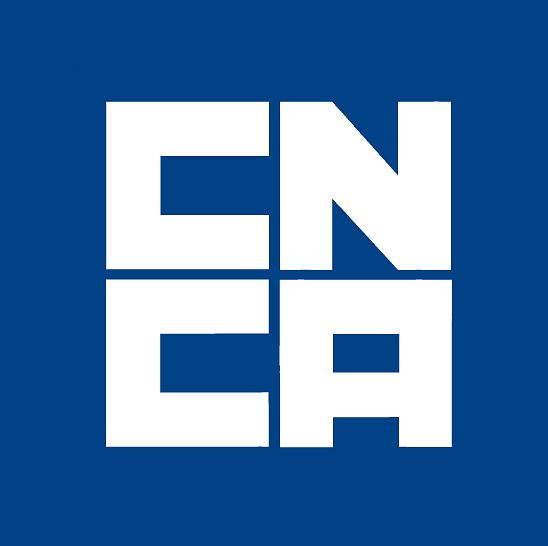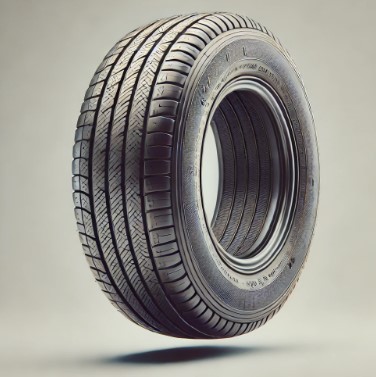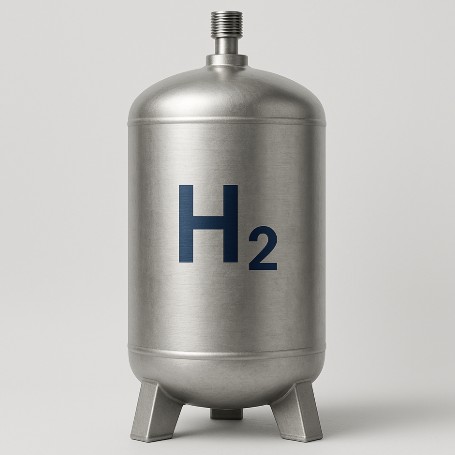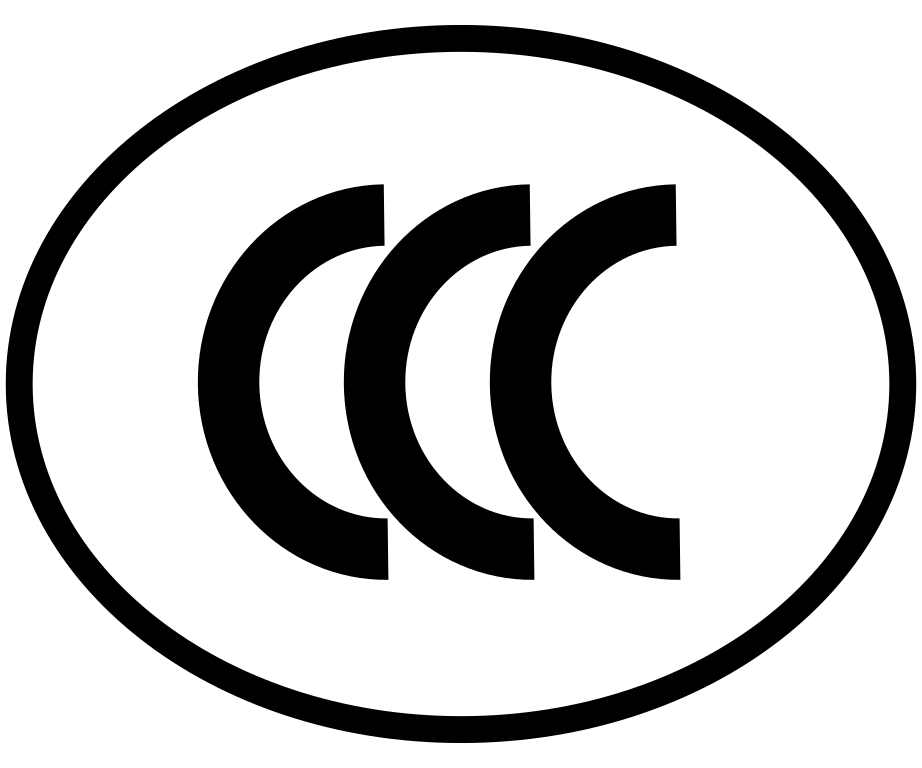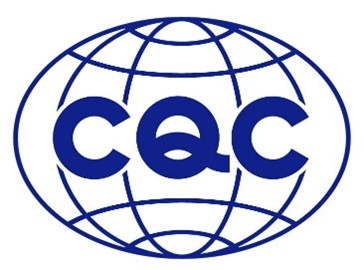Neuer GB/T Standard 17743-2021 für LED-Treiber tritt in Kraft
28. Juli 2022Die CNCA hat im Jahr 2021 den Standard GB/T 17743 aktualisiert. Anstatt die Version aus 2017 gilt ab Juli 2022 der Standard GB/T 17743-2021. Am 01.07.2022 ist der neue Standard GB/T 17743-2021 für Grenzwerte und Methoden zur Messung von Funkstöreigenschaften elektrischer Beleuchtung und ähnlicher Geräte in Kraft getreten. Dieser entspricht dem internationalen IEC-Standard CISPR 15:2018 und ist eine wichtige Testgrundlage für elektrische Beleuchtung und ähnliche Geräte in Bezug auf die Emissionsbelästigung.
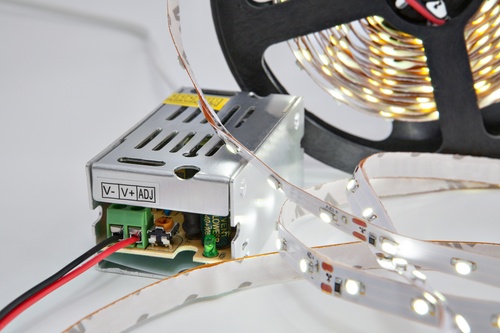
Eine der wichtigsten Änderungen bezieht sich auf die vorzubereitenden Testmuster für Tests zu den abgestrahlten elektromagnetischen Störungen. Anstatt Muster mit 30MHz-300MHz werden nun Muster mit 30Mhz-1GHz angefordert.
Eine detaillierte Zusammenfassung der Unterscheide zwischen dem alten und neuen Standard finden Sie in der untenstehenden Tabelle:
| Recommendations on the differences between test items and supplementary test requirements for GB/T 17743-2021 and GB/T 17743-2017 | ||||
| No. | Test items of GB/T 17743-2017 | Test items of GB/T 17743-2021 | Differences | Whether to supplement the test |
| 1 | Insertion loss | Replace with the disturbance voltage of the power connector | The original test item is a luminaire with insertion loss, except for products other than those that contain only passive control devices and are equipped with power factor correction capacitors or suppression capacitors (at least 47nF) between the power terminals, and conduct conduction disturbance tests on the power interface. | NO |
| 2 | The power terminals disturb the voltage | Disturbance voltage of the power connector | No difference | NO |
| 3 | Control terminal disturbance voltage | Conducted disturbance voltage of wired network interfaces other than power supply | Add the limits and measurement methods of the current probe | NO |
| 4 | Load terminal disturbance voltage | Disturbance voltage of the local wired port | Two types of „local wired ports“ are distinguished. Respectively: a) The EUT interface that is indirectly connected to the network through peripherals (this includes the power interface of the ELV lamp). |
NO |
| b) Not directly or indirectly connected to the network, and may be connected to the length of the cable equal to or greater than 3m of the EUT interface. Add current probe: limits of the head and measurement method. |
YES: The EUT interface of a cable with a length equal to or greater than 3m can be connected, and the disturbance voltage test of the local wired port needs to be added. | |||
| 5 | Radiated Electromagnetic Disturbance ( 9kHz~ ~ 30MHz) | Enclosure Port Radiation Disturbance ( 9kHz~ ~ 30MHz | 1. There is no difference when testing with the LLAS system. 2. When the EUT sample size is greater than 1.6 m, it can be measured using a 60 cm ring antenna while giving new limits. 3. Products that will produce a large magnetic dipole moment have changes in the measurement arrangement when performing this test. For example (but not limited to) the following: a. The manufacturer allows an external wired interface to the EUT via a single wire: b. The EUT employs an internal single conductor and a separate interconnected wiring (or PCB trace), resulting in loops and associated magnetic dipoles: Application of inductive, type energy transfer technology EUT. | NO |
| 6 | Radiated Electromagnetic Disturbance ( 30MHz~ 300MHz ) | Enclosure Port Radiation Disturbance ( 30MHz~ 1GHz | Frequencies are extended from 300 MHz to 1 GHz, introducing a variety of radiation disturbance limits and related measurement methods. For improved reproducibility, when measuring using OATS, SAC, or FAR methods, the EUT’s power cable should be terminated using a CDNE located on the reference: test ground level (if applicable), and the receiver port of the CDNE should be terminated with an impedance of 50 Ω. | YES |
| Radiated Electromagnetic Disturbance (CDN Act ( 30MHz~ 300MHz)) | Radiated electromagnetic disturbance of enclosure port (CDNE method ( 30MHz~ 300MHz)) | The CDN method was updated to CDNE testing, adding a limit condition: only suitable for the maximum size is 3 mX 1mX1m (length X width X height), clock frequency < 30MHz EUT, and the rated voltage does not exceed 6o0v, EUT is not more than 2 cables). If the CDNE test fails, other methods and associated limits can still be applied. | ||
Wenn Sie unsicher sind, ob Ihr Produkt unter die CCC-Zertifizierungspflicht fällt oder von den Änderungen betroffen ist, zögern Sie bitte nicht uns zu kontaktieren. Eine Übersicht an Produktgruppen, für die die Zertifizierung relevant ist, finden Sie hier.
Auch unsere Broschüre zur CCC-Zertifizierung gibt einen guten Überblick über die Zertifizierung.
Bitte kontaktieren Sie uns bei jeglichen Fragen zu den neuen Regularien, zur freiwilligen China-Zertifizierung oder zur China CCC SDoC.
Sie können uns per Email kontaktieren oder uns anrufen unter +49692713769150.




